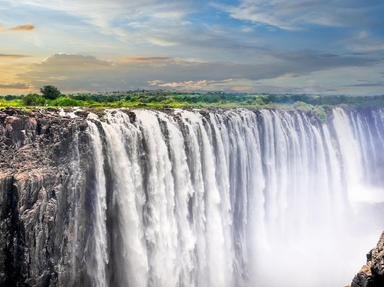
Zestful Zambia in Ten Words Trivia Quiz
Take a short journey through the essence of Zambia in just ten words. Match the words and names on the left with what they are known for on the right.
A matching quiz
by wellenbrecher.
Estimated time: 3 mins.